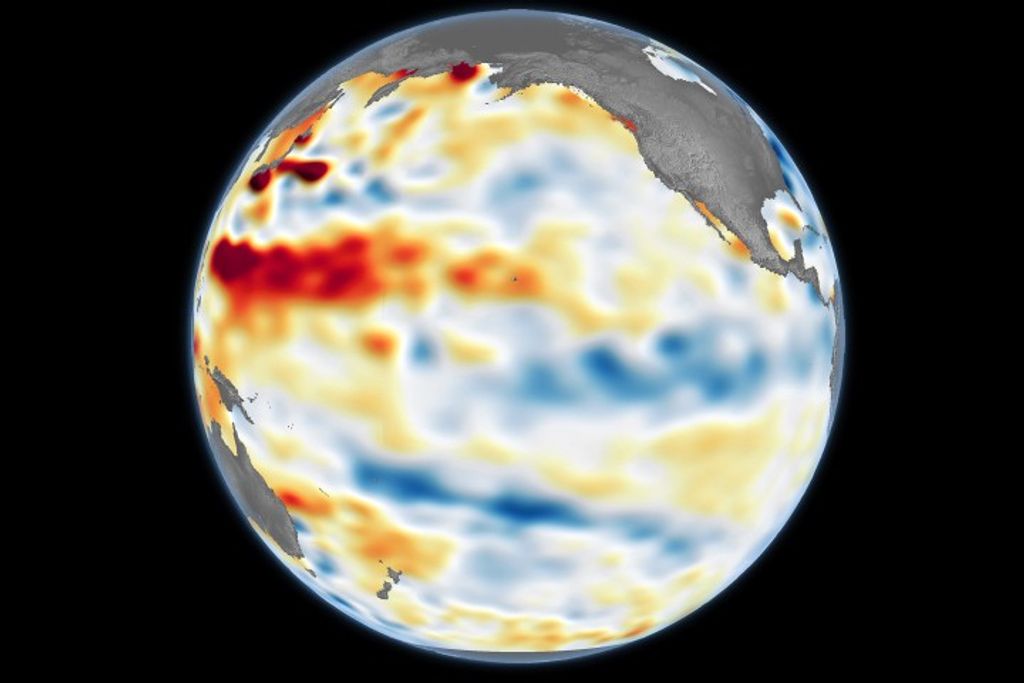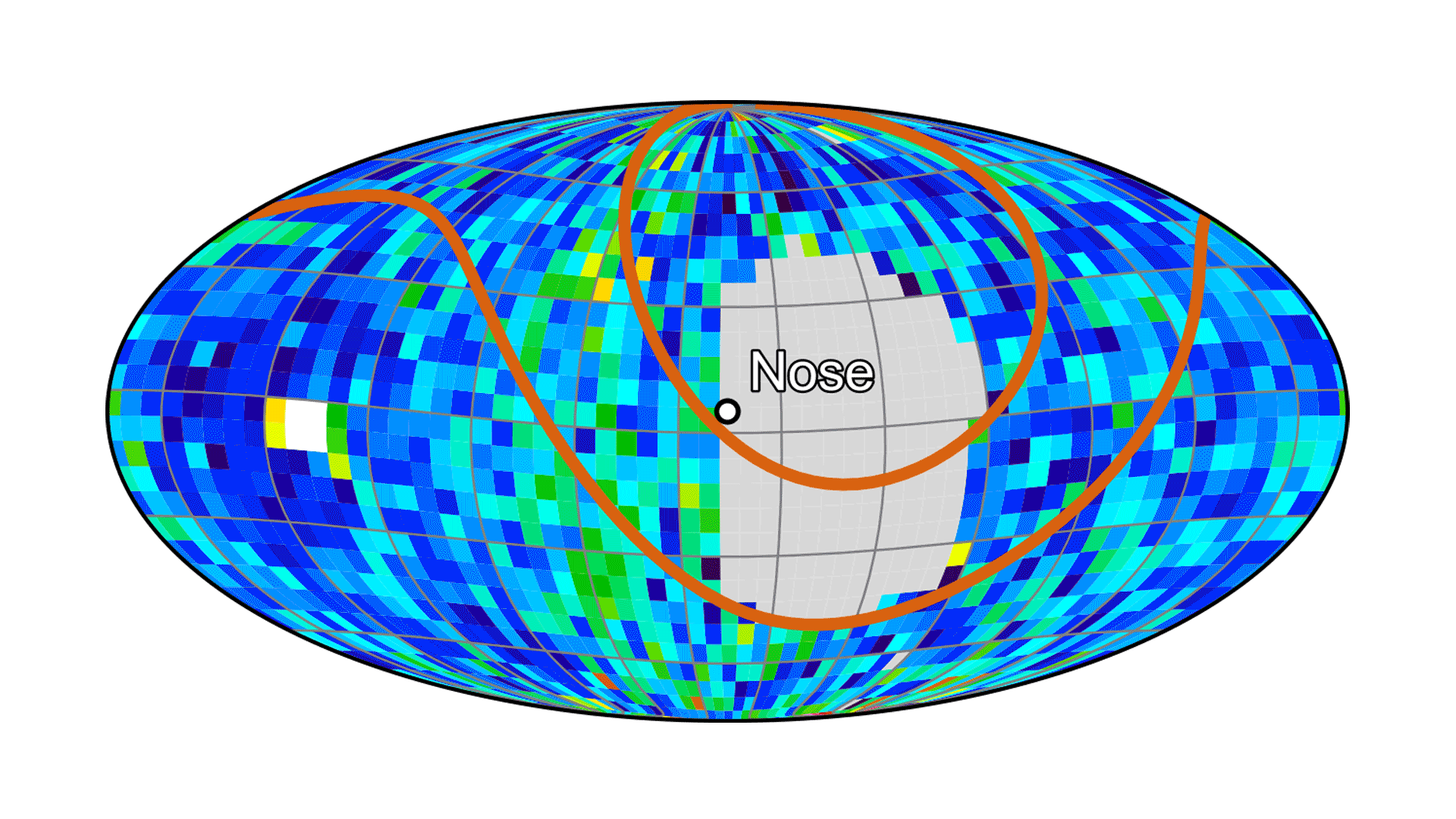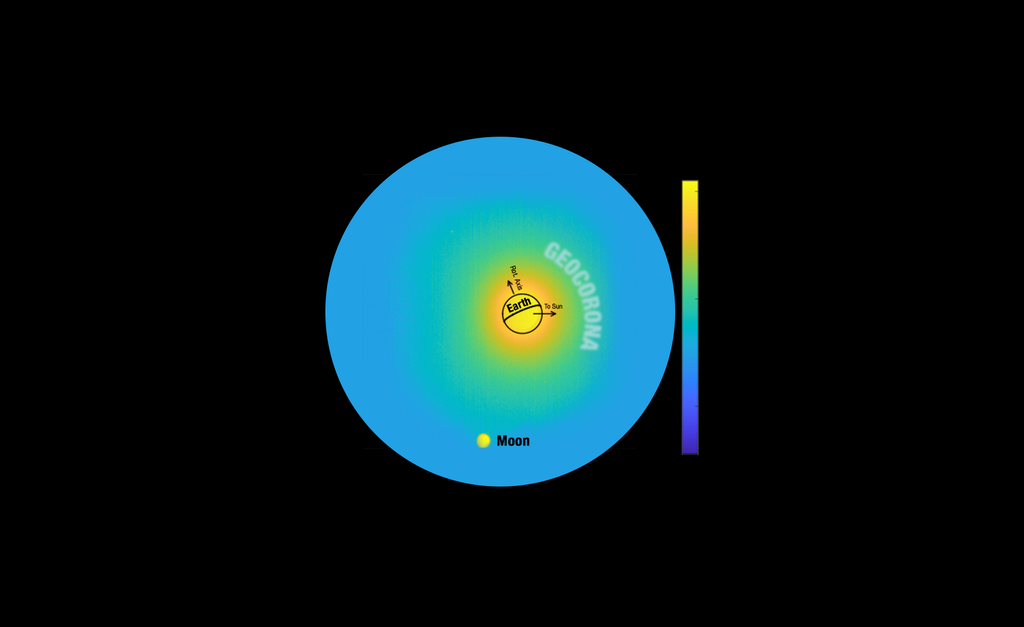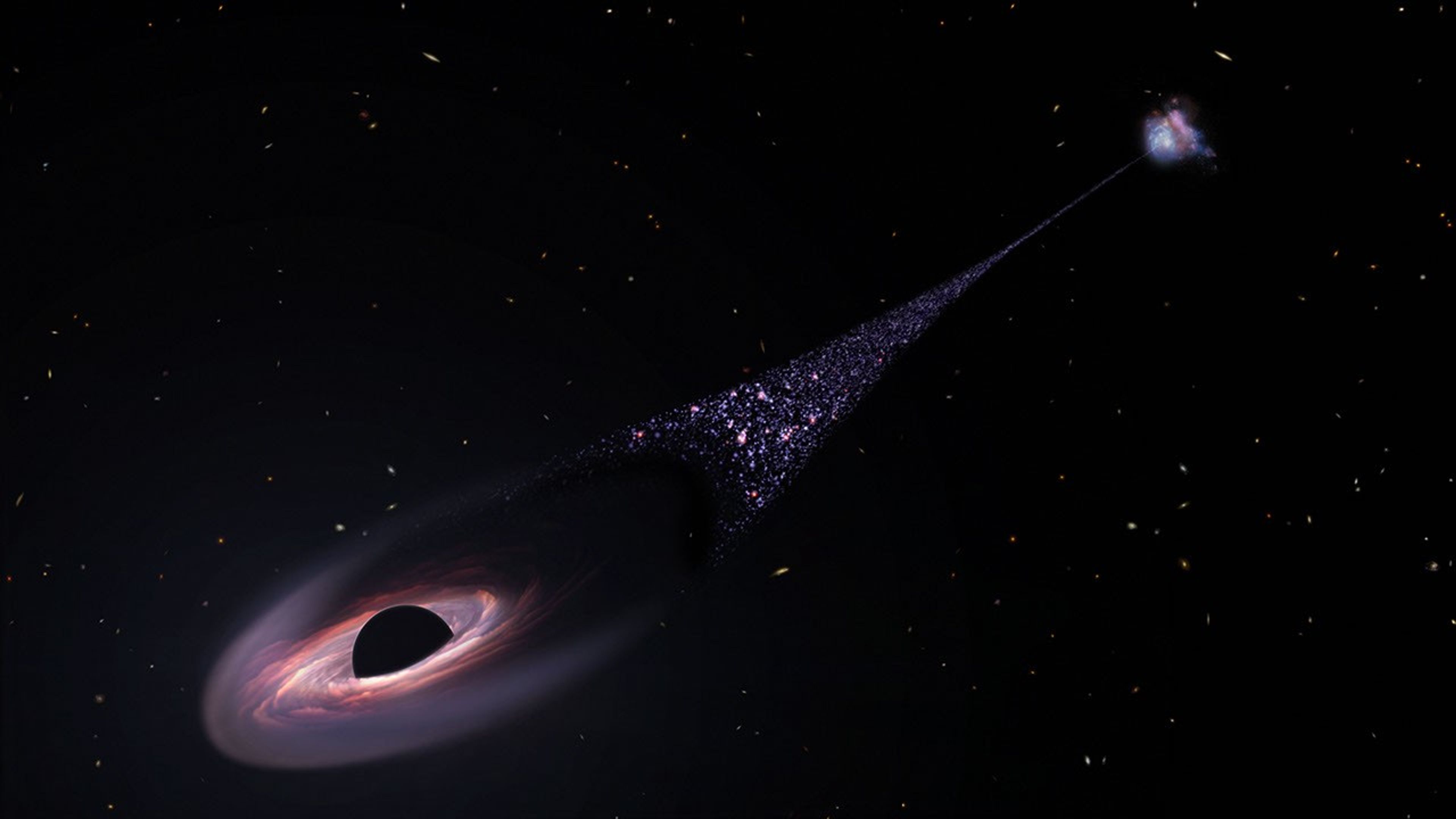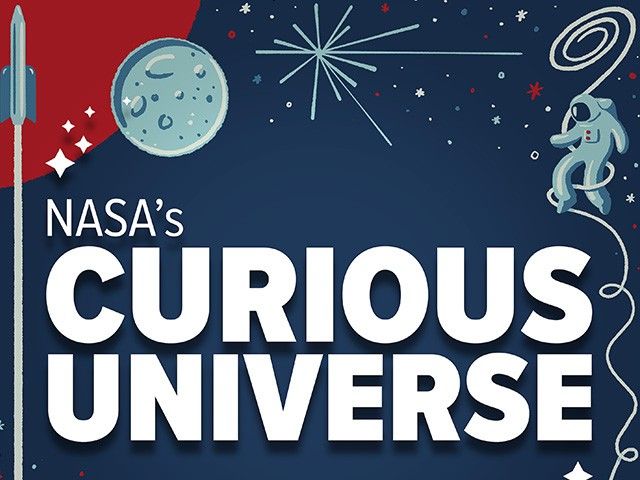Hubble Focus: Black Holes – Into the Vortex
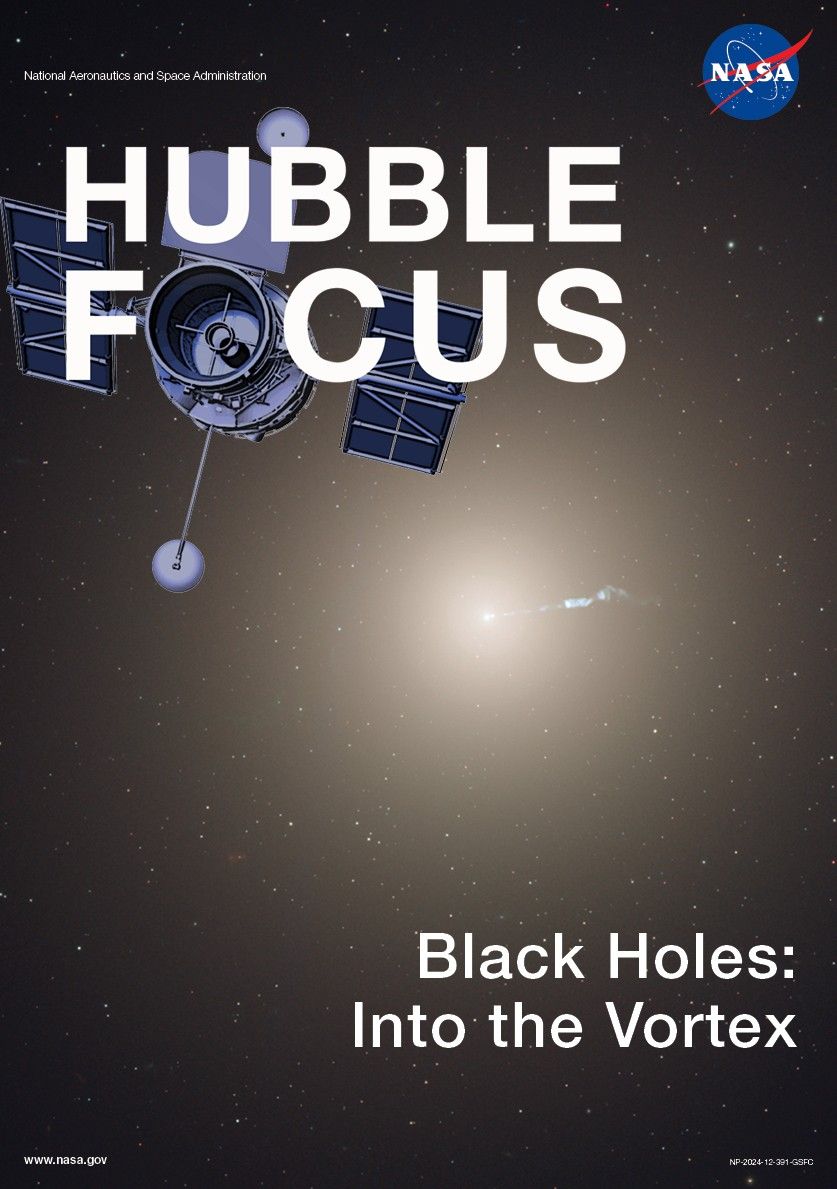
This NASA Hubble Space Telescope downloadable e-book, Black Holes: Into the Vortex is the sixth edition in the Hubble Focus series, which explores cosmic topics that were transformed by Hubble’s unparalleled vision. Black Holes: Into the Vortex, highlights Hubble’s recent discoveries about black holes, incredibly dense objects whose gravity is so intense that not even light can escape its pull.
It isn't easy to study invisible objects that devour light, but Hubble accomplishes this thorny task by observing black holes’ effects on their cosmic surroundings, from stars whirling around black holes in wildly sped-up orbits to the swirling disks of material that surround black holes, spewing jets as their material is slowly consumed. Hubble’s observations led humanity to the discovery that supermassive black holes lurk in the hearts of most galaxies, but that was only the beginning of the telescope’s revelations.

Hubble has explored supermassive black holes, revealing new clues about their ties to their galaxies’ development. It has sought rare and elusive intermediate-mass black holes, thought to be the missing link between stellar and supermassive black holes. It has investigated stellar-mass black holes, which form from the collapse of massive stars or through the addition of mass to a neutron star. Among its striking observations are the discovery of a runaway supermassive black hole plowing through space and a black hole disk casting a pattern of light and shadow into the cosmos.
Black holes may play a transformative role in the cosmos, shaping the universe around them in strange, unexpected, and sometimes bewildering ways. Hubble’s observations map the effect black holes have on their environment, in the far-distant past and the present, helping us uncover the ways in which these gravitational monsters build as well as consume.
Black holes operate at such extremes that the laws of physics as we know them seem to break down. The more we study black holes, the more mysteries arise. But with Hubble’s help, we are learning more and more about the inner workings of this mind-bending, violent, and fascinating phenomenon and the role it plays in our universe.
This e-book is compatible with most electronic devices. If you have problems with the EPUB version, we suggest trying the more widely accessible PDF version










